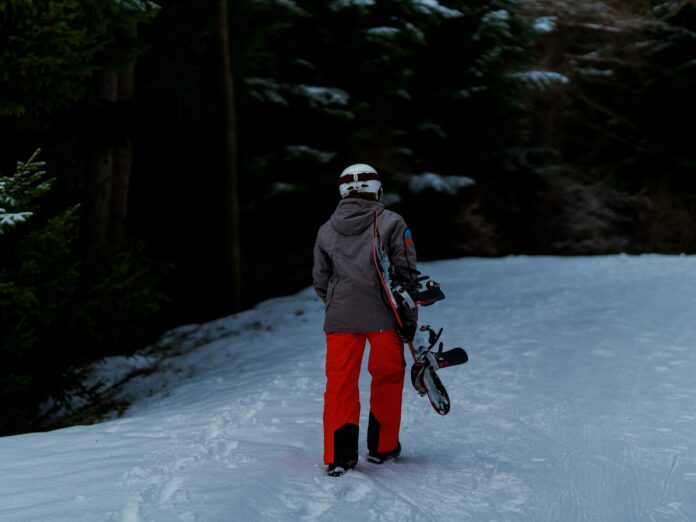National parks are called national for a reason. They are open to everyone, and they are a source of pride for a nation. Not just patches of land, they are vital spaces, protecting precious plant and animal life, and letting us experience the raw beauty of the natural world up close and personal. Some parks are full of history, with trails worn smooth by explorers from long ago. Others feel untouched, like a secret shared only between you and the wilderness.
Whether you’re seeking a thrilling hike, a serene picnic, or just a moment to breathe (go on, stop holding your breath, you’re scaring us now), national parks welcome you with open arms and branches. And while beauty is in the eye of the beholder, here are some of the most stunning parks in the world.
Torres del Paine National Park (Chile)
The Torres del Paine National Park, down in Patagonia, makes you feel small in the best possible way. Herds of guanacos (a llama’s wilder cousin) roam the grasslands. Condors circle overhead. If you’re lucky, maybe you’ll glimpse a puma stalking its prey. Hikers flock here for the trails, some challenging, others more relaxed. You’ll see campers dotted across the landscape, tiny against the vastness of the park. There’s something special about falling asleep under a sky so clear, the stars feel touchable. This place reminds you that there’s a world way bigger and older than the everyday hustle, and it’s pretty spectacular.
For those planning a trip to Torres del Paine, it’s essential to consider the season. The park is open year-round, but the peak season is from November to March when the weather is milder. Visitors should book accommodations well in advance, especially if they plan to stay in the refugios or campsites within the park.
The W Trek and the O Circuit are popular hiking routes, with the former taking about 4-5 days and the latter around 7-10 days. Be prepared for rapidly changing weather conditions and ensure you have the necessary permits, which can be obtained from the CONAF website or local offices.

Yellowstone National Park (USA)
Yellowstone is something else entirely. Bubbling mud pots, geysers erupting like clockwork, and waterfalls tumbling over cliffs. Underneath it all, a giant volcano slumbers – a reminder of the raw power this place holds. There are trails winding through forests, past meadows flecked with wildflowers. Bison lumber along, unconcerned, and maybe you’ll spot a bear searching for berries. The air smells crisp like pine needles, and the sky stretches out forever. It’s not a place you just visit.
They say that Yellowstone changes you; it’s humbling, exciting, and absolutely unforgettable. Whether you’re into hiking, camping, or just soaking in the view, Yellowstone won’t disappoint.
When visiting Yellowstone, the first national park in the world, plan your trip with the park’s vastness in mind. It covers over 2.2 million acres, so it’s wise to prioritise which geothermal areas, like Old Faithful or the Grand Prismatic Spring, you want to see. The park has five entrances, and accommodations range from lodges to campgrounds, which should be reserved months in advance during the summer season.
Remember that wildlife is abundant and active; always keep a safe distance, especially from bison and bears. For real-time information on park conditions and closures, check the National Park Service’s Yellowstone page before and during your visit.
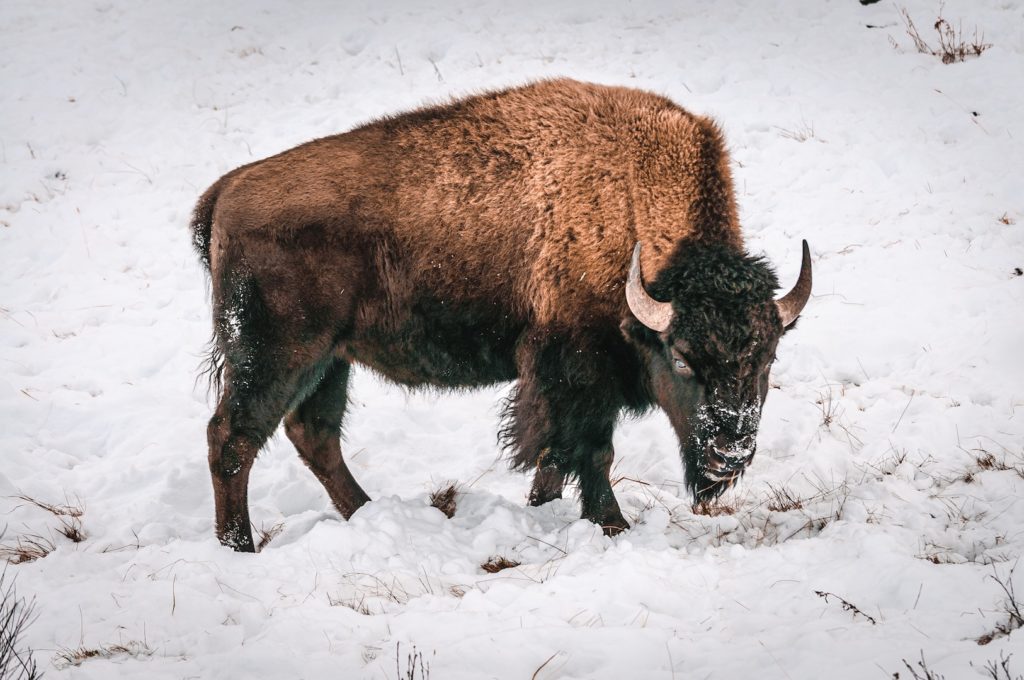
Sequoia National Park (USA)
Sequoia National Park is all about the trees. Not just any trees – giant sequoias. The super tall trees that make you feel like an ant. And it’s not just the size, though. It’s the sense of time held in the deep grooves of their bark, the way the sunlight peeks through their branches like stained glass. You could spend days getting lost, though it’s not recommended you do so; folk have been known to never get found!
There are waterfalls and meadows and mountains too, of course. But the real magic of Sequoia is in those towering behemoths. They remind you of the grand scale of the natural world, and somehow, your own place within it all.
Many tourists like to stay at Tachi Palace, a casino resort with a hotel, which is just outside the park. It’s most famous for its bingo, which kicks off at 3pm Tuesday to Saturday. They offer spa, dining and golf getaway packages, too.
For those heading to Sequoia National Park, the best times to visit are from June to August when the snow has melted, and the trails are clear. The park is home to five of the ten largest trees in the world, including the General Sherman Tree. To fully enjoy the park, consider staying at one of the several lodges or campgrounds within the park boundaries, but book early as they fill up quickly.
For day hikers, the Congress Trail is a must-do, offering an easy loop through the giant forest. Always check for road closures or weather conditions at the park’s website, and remember that some areas, like the Crystal Cave, require advance tickets.
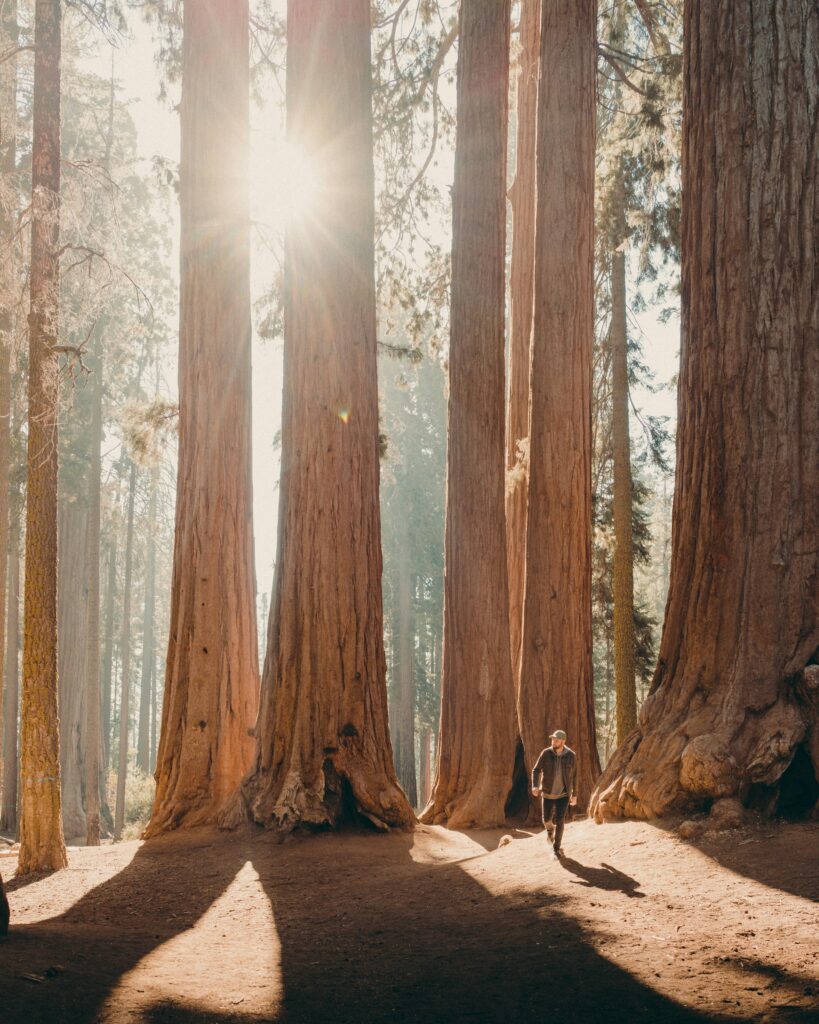
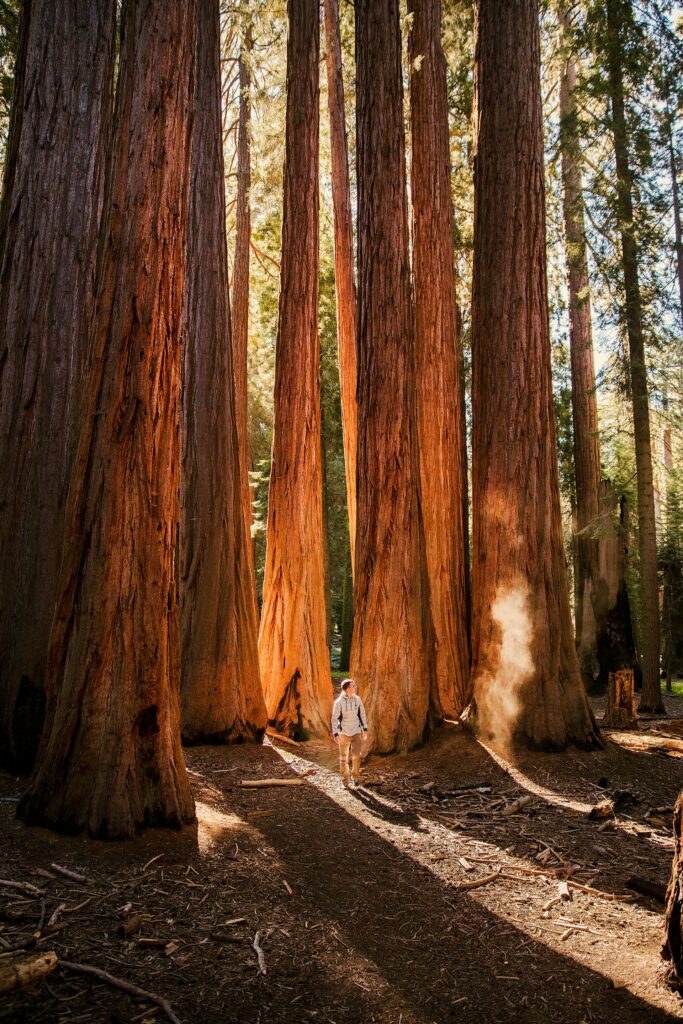
Plitvice Lakes National Park (Croatia)
You’ve probably heard of Dubrovnik, one of Croatia’s key tourist destinations. And if you know Dubrovnik, you’ll surely know Plitvice Lakes. The water boasts a clarity that makes it almost look fake, and there are waterfalls everywhere. You walk the wooden paths that wind around the lakes, taking in the various bodies of water, some still and some trickling. On your mind isn’t serenity, but how much you need to go to the toilet.
Some of Plitvice’s waterfalls are small, trickling down mossy rocks. Others are huge and noisy, and you can feel the spray on your face. The park’s got a lot of trees, so it’s shady and cool even on hot days. It’s gets super crowded, admittedly, especially at the big waterfall spots, but it’s still something special.
Visitors to Plitvice Lakes National Park should be aware that the park is divided into the Upper and Lower Lakes, with different entrance points for each. The park is open year-round, but spring and fall may offer a more peaceful experience compared to the busy summer months. Tickets can be purchased online and are time-slotted to manage the number of visitors, so booking in advance is recommended.
Wear comfortable shoes as you’ll be walking on uneven wooden paths, and note that swimming is not allowed in the lakes. To capture the beauty of the park without the crowds, consider staying overnight at one of the hotels or guesthouses nearby, allowing for an early start before day-trippers arrive.
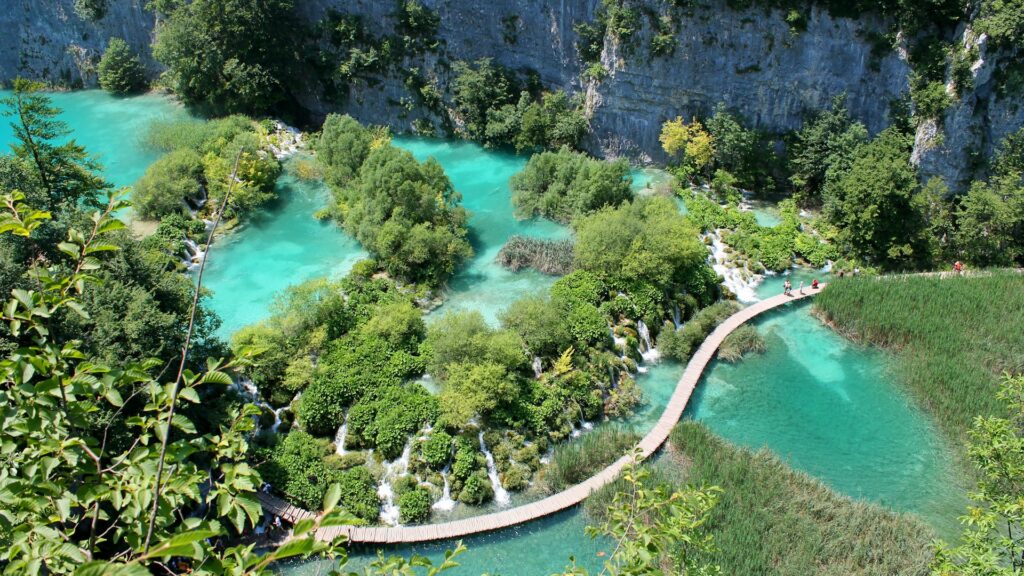
Fiordland National Park (New Zealand)
Fiordland National Park is where Mother Nature went all out. Imagine fjords carved by ancient glaciers, their dark waters reflecting waterfalls that tumble from heights so tall they turn to mist before reaching the bottom. This is New Zealand’s largest national park, and it’s got a moody, mystical quality that makes Middle Earth comparisons inevitable. The famous Milford Sound sits here, though locals will tell you Doubtful Sound is equally spectacular with fewer tour boats photobombing your zen moment.
The park’s got personality – it rains about 200 days a year, which keeps everything impossibly green and feeds those countless waterfalls. You might spot fur seals lounging on rocks, dolphins playing in the fjords, or if you’re incredibly lucky, the rare Fiordland crested penguin waddling about. The Milford Track, one of New Zealand’s Great Walks, takes hikers through valleys, over mountain passes, and past more waterfalls than you can shake a hiking pole at. There’s something almost prehistoric about the place, with its ancient rainforests draped in moss and ferns that look like they haven’t changed since dinosaurs roamed.
For those planning to explore Fiordland, book everything well in advance – especially if you’re tackling one of the Great Walks like the Milford, Kepler, or Routeburn tracks. These require booking through the Department of Conservation, sometimes months ahead. The weather here is famously unpredictable; pack for all four seasons regardless of when you visit. Sandflies are notorious in Fiordland (think: tiny vampires with wings), so bring insect repellent.
Most visitors base themselves in Te Anau or stay on overnight cruises in the sounds, but for those who want a bit more action after days in the wilderness, Queenstown is about 3 hours away Queenstown to Fiordland National Park and offers everything from fine dining to casino games and slots like Fishin Frenzy and others, at SkyCity Queenstown – a nice contrast to the pristine silence of the fjords. If you’re short on time, a day cruise through Milford or Doubtful Sound still offers jaw-dropping scenery. Just remember: when it rains here (and it will), the waterfalls multiply like magic, turning the whole place into something out of a fantasy novel.
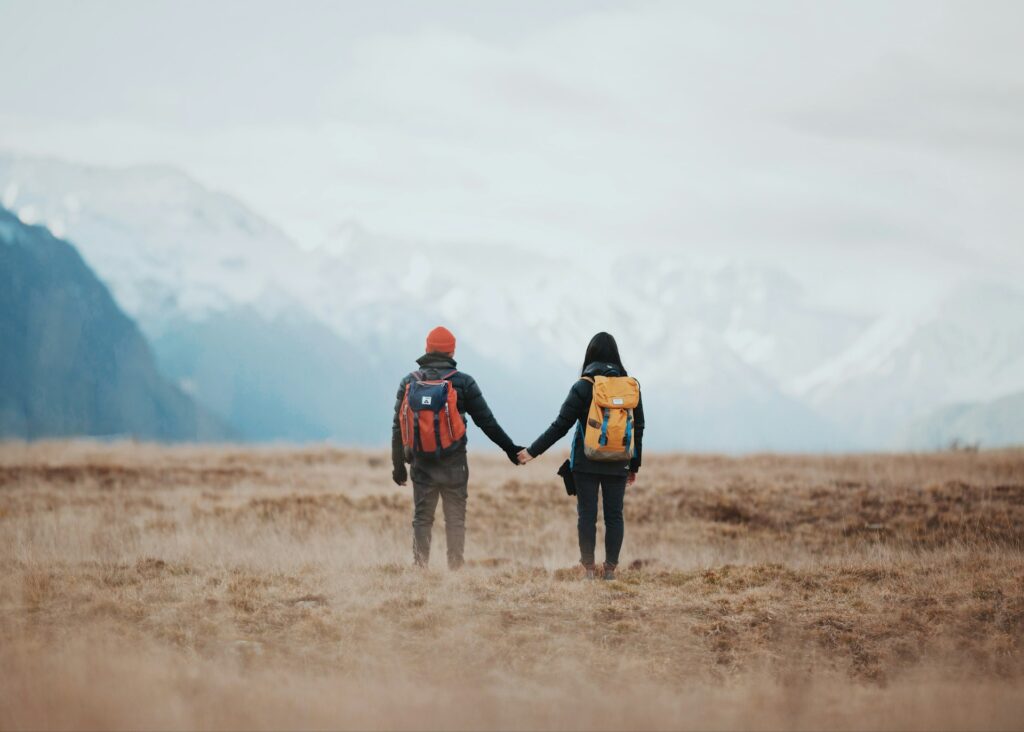
Banff National Park (Canada)
Banff National Park is the kind of place that gets stuck in your head. If you love mountains, glaciers and lakes, you’re in for a treat. Whether you’re up for a tough climb or a leisurely stroll through the woods, you’ll find something for yourself. You might spot elk grazing in a meadow, or catch a glimpse of ‘The Boss’ (no, not Bruce Springsteen, but rather, a particularly massive bear).
In Banff (the town), you’ll find cosy cafes, gear shops, and maybe even a moose wandering the streets. What could be more Canadian than that? But don’t think it’s all picture-perfect scenery. Banff has a wild side too. Snowstorms can whip through the mountains even in summer, and the forests feel vast and untamed. That’s the magic of it though.
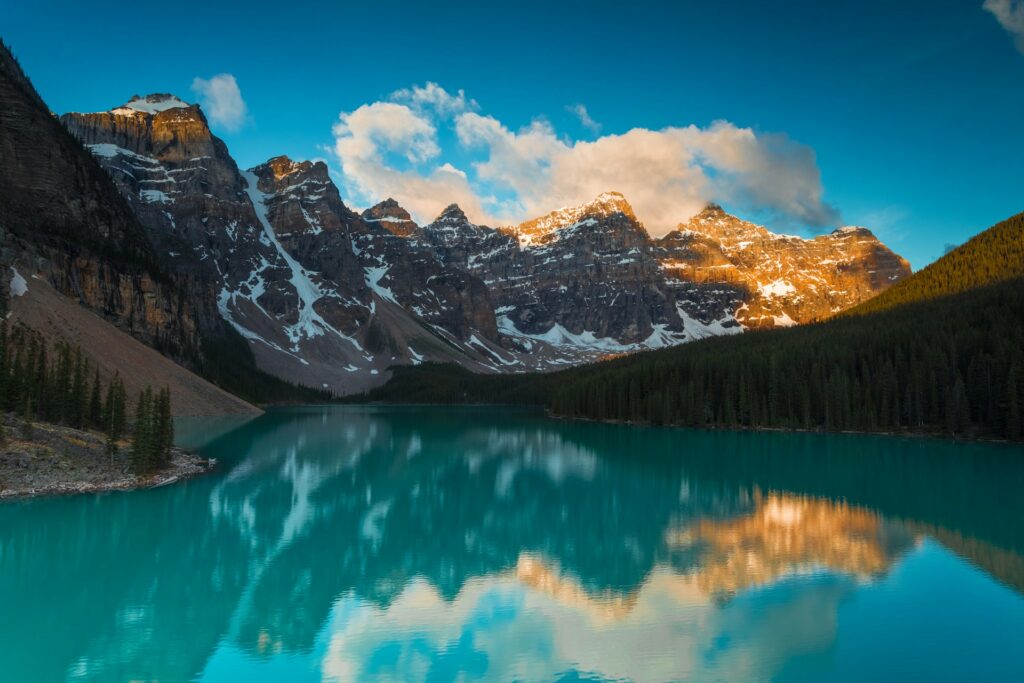
You should be prepared for the park’s popularity, especially during July and August. To avoid the crowds, visit in the shoulder seasons of May-June or September-October. The park requires a pass, which can be purchased online or at park entry points.
For those looking to hike, be aware that trails range from easy walks like the Banff Legacy Trail to challenging hikes such as the Cory Pass – Mt. Edith Circuit. Wildlife is abundant, so carry bear spray and know how to use it. Accommodations are plentiful in Banff and Lake Louise, but book early, especially if you’re aiming for the iconic Fairmont hotels. Always check the Parks Canada website for the latest trail conditions and possible wildlife advisories.
Seven for the price of six? Next, check out our guide on visiting Lake Skadar, a glorious natural wonder sitting (or should that be swimming?) between Albania and Montenegro.




